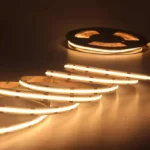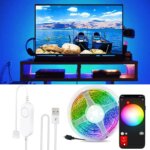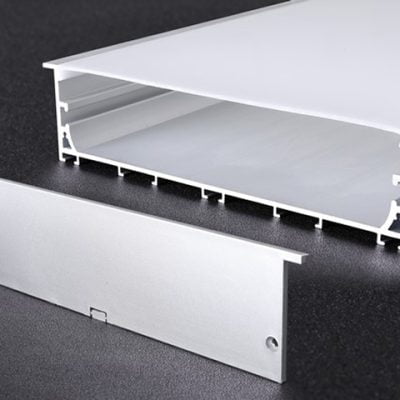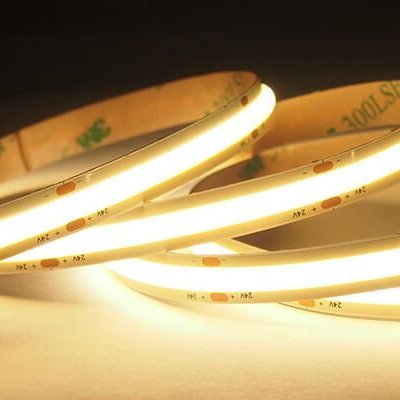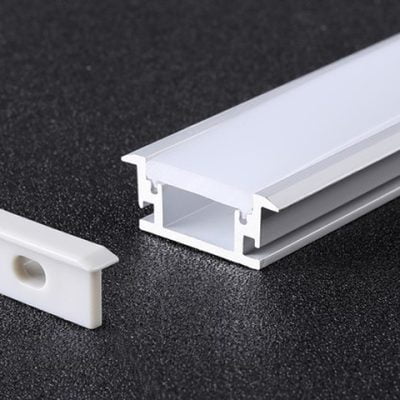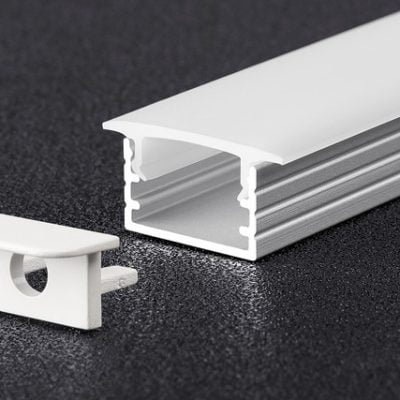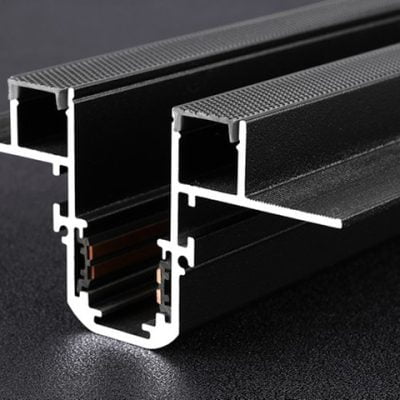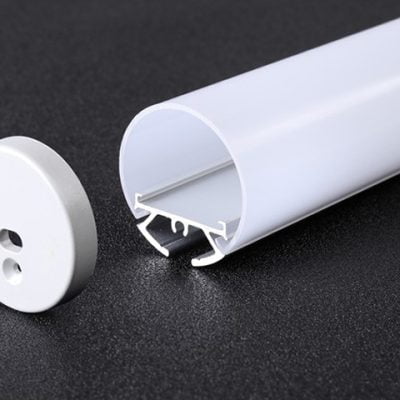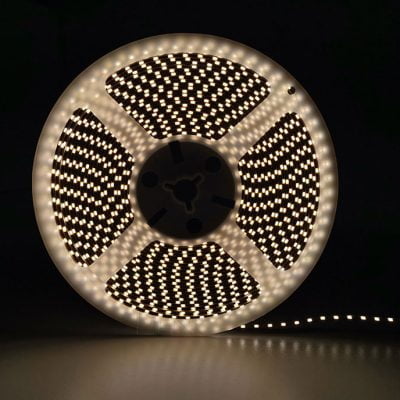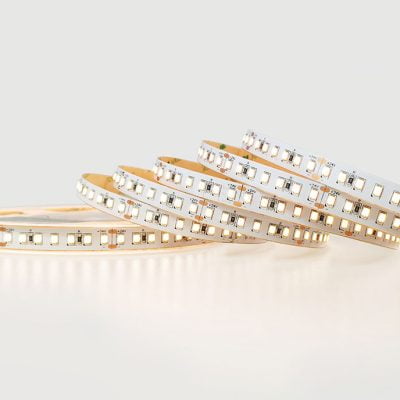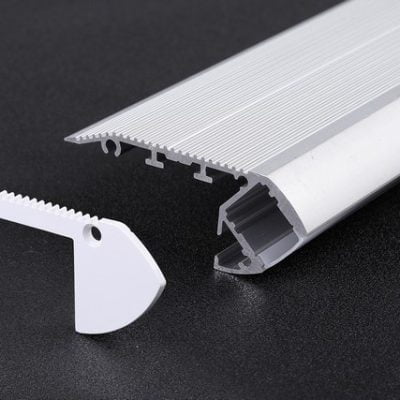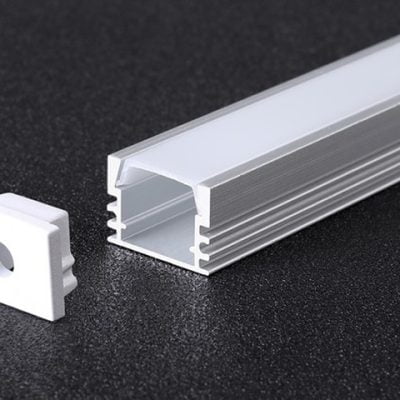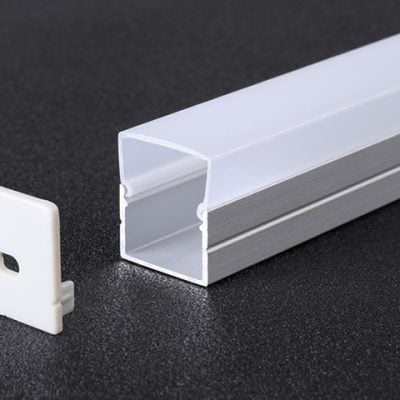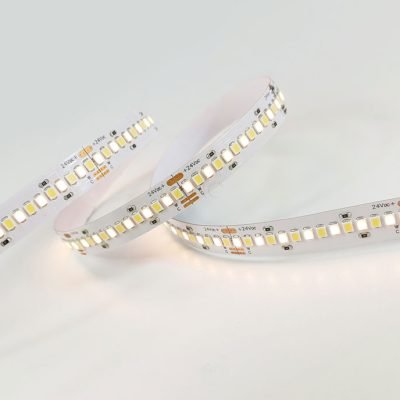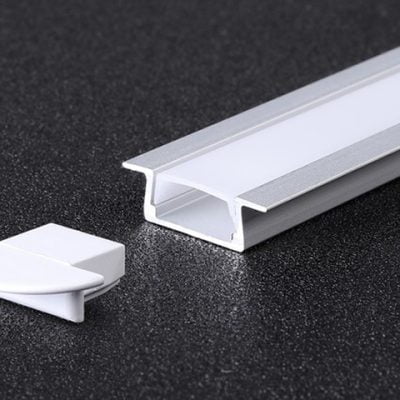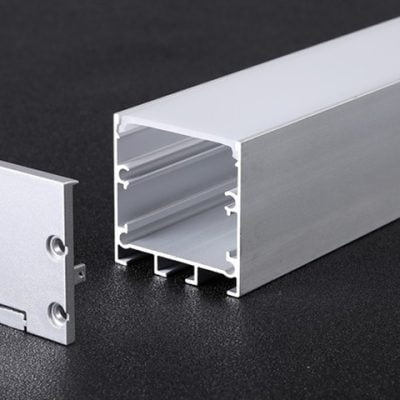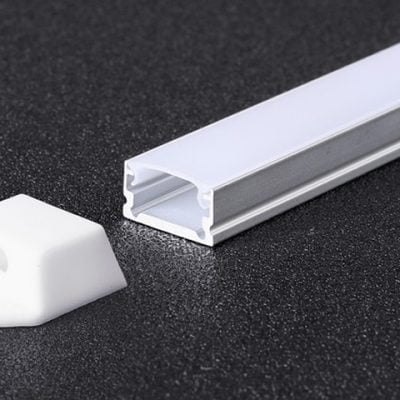
Choosing the right LED strip light can transform your living space, adding both functionality and ambiance. As a professional LED strip light manufacturer from China, we at Lightstec understand the importance of selecting high-quality, smart home-compatible lighting solutions. Whether you're looking for accent lighting in your bedroom or waterproof options for outdoor use, this guide will walk you through the essential steps to choose the perfect LED strip light.
LED strip lights have become increasingly popular in smart homes due to their versatility, energy efficiency, and ability to create stunning visual effects. From creating a cozy atmosphere in your bedroom to adding a modern touch to your ceiling, LED strips offer endless possibilities for home decoration and lighting.
Before we dive into the specifics, it's important to note that not all LED strip lights are created equal. As a leading China LED strip light supplier, we at Lightstec pride ourselves on delivering top-quality products that meet the highest standards of performance and durability.
※ Fact Check: High-quality LED strip lights can last up to 50,000 hours, which is equivalent to over 5 years of continuous use.
※ Fact Check: LED strip lights use up to 75% less energy than traditional incandescent lighting, making them an eco-friendly choice for smart homes.
Table of Contents
- Determine Your Lighting Needs
- Consider Color Temperature and Brightness
- Choose the Right IP Rating for Your Environment
- Smart Home Compatibility and Control Options
- Quality and Durability Considerations
How to Determine Your Lighting Needs?
The first step in choosing the perfect LED strip light is to assess your lighting needs. Are you looking for accent lighting to create a cozy atmosphere in your bedroom, or do you need bright task lighting for your kitchen countertops?
Understanding your specific requirements will help you narrow down your options and choose the most suitable LED strip light for your space.
When determining your lighting needs, consider factors such as the room's size, the desired ambiance, and the primary purpose of the lighting. For example, LED strip lights for bedrooms might focus more on creating a relaxing atmosphere, while strips for a home office might prioritize brightness and color accuracy.

To help you visualize different lighting scenarios, consider the following table:
| Room Type | Lighting Purpose | Recommended LED Strip Features |
|---|---|---|
| Bedroom | Ambient lighting | Dimmable, warm CCT options |
| Kitchen | Task lighting | High brightness, cool CCT |
| Living Room | Accent lighting | RGB color-changing, smart control |
| Bathroom | Functional lighting | Waterproof, high CRI |
| Home Office | Productive lighting | Adjustable CCT, glare-free |
※ Fact Check: The human eye perceives different color temperatures as more or less relaxing. Warm light (2700K-3000K) is often preferred for bedrooms, while cooler light (4000K-6500K) can enhance productivity in work areas.
※ Fact Check: LED strip lights with high Color Rendering Index (CRI) of 90+ can accurately display colors, making them ideal for areas where color accuracy is important, such as bathrooms or art display areas.
What Role Does Color Temperature and Brightness Play in LED Strip Selection?
Color temperature and brightness are crucial factors that significantly impact the mood and functionality of your lighting. Understanding these concepts will help you choose LED strip lights that perfectly complement your space and meet your lighting needs.
Color temperature, measured in Kelvin (K), determines whether the light appears warm (yellowish) or cool (bluish). For a cozy, relaxing atmosphere in bedrooms or living rooms, opt for warm white LEDs (2700K-3000K). For task-oriented areas like kitchens or home offices, consider cool white LEDs (4000K-6500K) that promote alertness and productivity.
Brightness, measured in lumens, determines how much light the LED strip emits. The right brightness level depends on the room's size and the lighting purpose. For accent lighting, you might want lower brightness levels, while task lighting requires higher brightness.
[sub-heading featured image]
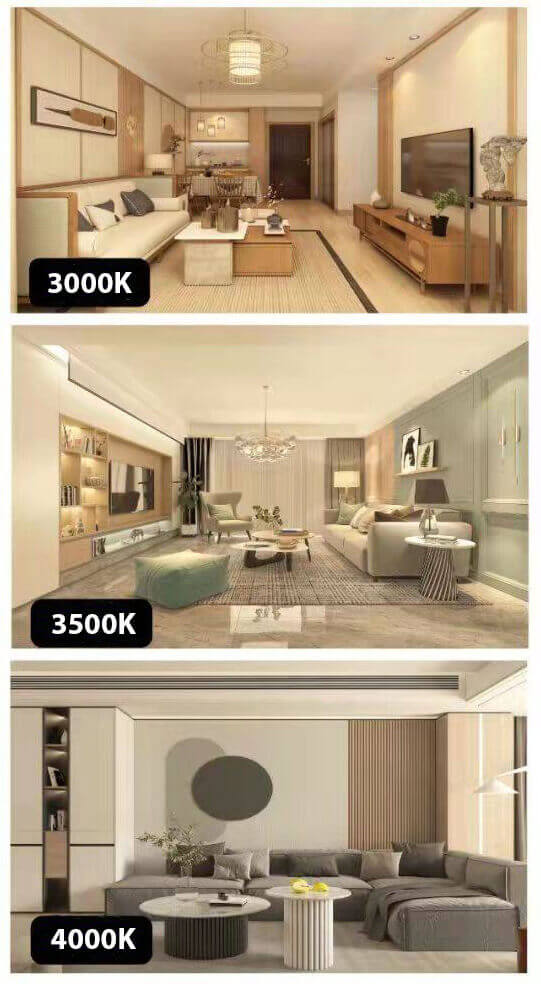
Here's a table to help you understand brightness levels:
| Brightness Level | Lumens per Foot | Suitable Applications |
|---|---|---|
| Thấp | 100-250 | Ambient lighting, TV backlighting |
| Medium | 250-500 | Under-cabinet lighting, cove lighting |
| Cao | 500-1000+ | Task lighting, primary room illumination |
※ Fact Check: Some advanced LED strip lights offer tunable white light, allowing you to adjust the color temperature from warm to cool throughout the day, mimicking natural daylight patterns and supporting your circadian rhythm.
※ Fact Check: The brightness of LED strips can be affected by factors such as the density of LEDs per meter and the quality of the LED chips used. Higher-quality LED strips often provide more consistent and efficient lighting.
Why is the IP Rating Important When Choosing LED Strip Lights?
The IP (Ingress Protection) rating is a crucial factor to consider when selecting LED strip lights, especially for areas exposed to moisture or outdoor environments. This rating indicates the level of protection against dust and water ingress, ensuring the longevity and safety of your lighting installation.
Understanding IP ratings is essential for choosing waterproof LED strip lights that can withstand various environmental conditions. The rating consists of two digits: the first indicates protection against solid objects, and the second against liquids.
For indoor use in dry areas, a standard non-waterproof LED strip (IP20) may suffice. However, for kitchens, bathrooms, or outdoor installations, you'll need higher IP ratings to protect against moisture and water exposure.
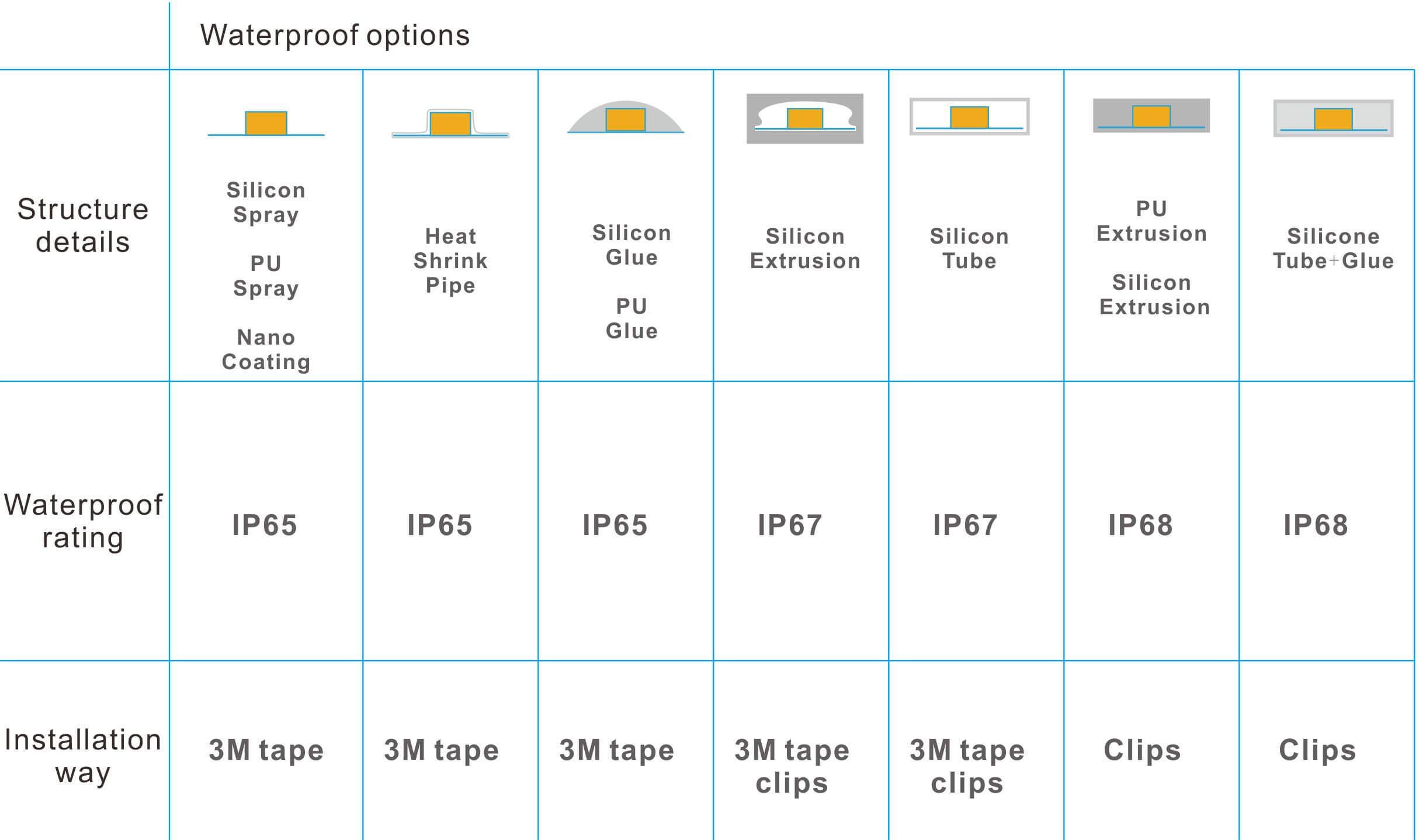
Here's a quick reference table for common IP ratings:
| IP Rating | Protection Level | Suitable Locations |
|---|---|---|
| IP20 | No water protection | Dry indoor areas |
| IP44 | Splash-resistant | Bathrooms, covered patios |
| IP65 | Water-resistant | Kitchens, outdoor under cover |
| IP67 | Waterproof | Outdoor, temporary submersion |
| IP68 | Fully waterproof | Underwater applications |
※ Fact Check: LED strip lights with an IP65 rating or higher can withstand direct water spray, making them suitable for outdoor use in most weather conditions.
※ Fact Check: While higher IP ratings offer better protection, they may also affect the flexibility and ease of installation of the LED strip. Consider the balance between protection needs and installation requirements when making your choice.
How to Ensure Smart Home Compatibility and Control Options?
In today's connected world, smart home compatibility is a key consideration when choosing LED strip lights. The ability to control your lighting through voice commands, smartphone apps, or home automation systems adds convenience and enhances the overall smart home experience.
When selecting LED strip lights for your smart home, look for options that support popular protocols like Wi-Fi, Bluetooth, Zigbee, or Z-Wave. These technologies allow seamless integration with smart home hubs and voice assistants such as Amazon Alexa, Google Home, or Apple HomeKit.
Advanced control options can include features like:
- Color changing and dimming capabilities
- Scheduling and timer functions
- Music synchronization
- Custom scene creation
[sub-heading featured image]
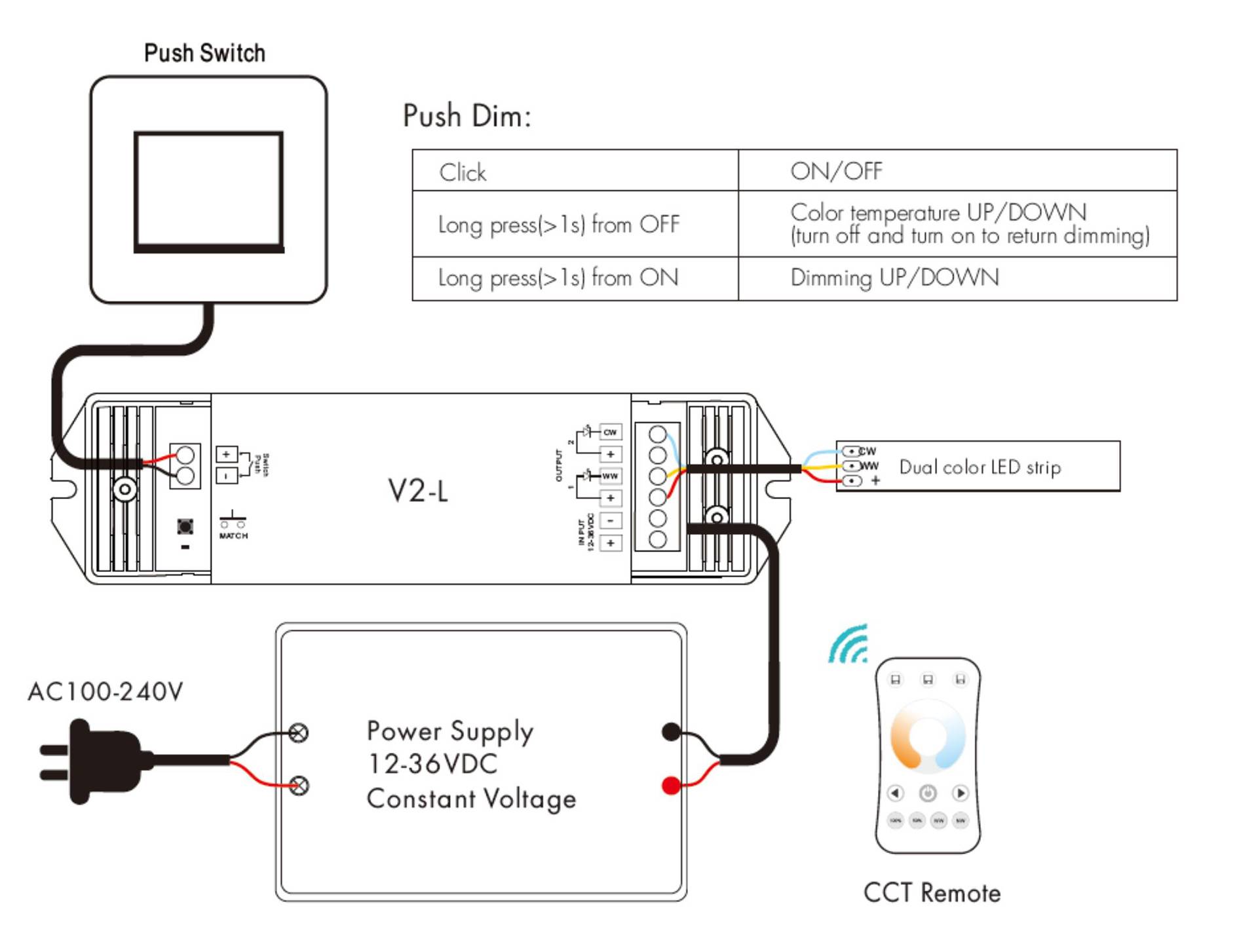
Consider the following comparison of smart control features:
| Feature | Basic LED Strips | Smart LED Strips |
|---|---|---|
| On/Off Control | Manual switch | App, voice, automation |
| Dimming | Limited or none | Full range, precise control |
| Color Changing | Fixed colors | Millions of colors, dynamic effects |
| Scheduling | Not available | Customizable schedules |
| Integration | Standalone | Works with other smart devices |
※ Fact Check: Some advanced LED strip lights can be controlled via Wi-Fi without the need for a separate hub, simplifying the setup process and reducing overall system cost.
※ Fact Check: LED strip lights with individual addressable LEDs (like WS2812B) offer the most advanced control options, allowing for pixel-level color control and complex lighting effects.
Phần kết luận
Choosing the right LED strip light for your smart home involves considering various factors, from your specific lighting needs to technical specifications like color temperature, brightness, and IP rating. By understanding these aspects and how they relate to your space and requirements, you can select LED strip lights that not only illuminate your home beautifully but also integrate seamlessly with your smart home ecosystem.
Remember, as a professional LED strip light manufacturer, Lightstec offers a wide range of high-quality options to suit every need. Whether you're looking for accent lighting in your bedroom, waterproof solutions for outdoor spaces, or smart-enabled strips for whole-home control, we have the perfect product for you.
By following this guide and considering your unique requirements, you'll be well-equipped to make an informed decision and transform your living space with the perfect LED strip lights.
Q&A
-
Q: How long do LED strip lights typically last?
A: High-quality LED strip lights can last up to 50,000 hours or more, which is equivalent to over 5 years of continuous use. However, the actual lifespan can vary depending on factors such as usage patterns, environmental conditions, and the quality of the LEDs and components used.
-
Q: Can I install LED strip lights myself, or do I need a professional?
A: Many LED strip lights are designed for easy DIY installation. However, for complex setups, outdoor installations, or if you're not comfortable with electrical work, it's best to consult a professional electrician to ensure safe and proper installation.
-
Q: Are LED strip lights energy-efficient?
A: Yes, LED strip lights are highly energy-efficient. They use up to 75% less energy than traditional incandescent lighting, which can lead to significant savings on your electricity bill over time.
-
Q: Can I cut LED strip lights to fit my space?
A: Most LED strip lights can be cut to length, but only at designated cutting points marked on the strip. Always check the manufacturer's instructions before cutting to ensure you don't damage
People Also Care about These Questions
Quy trình sản xuất đèn LED dải
Sản xuất đèn LED đòi hỏi độ chính xác cao, nhưng nhiều nhà sản xuất sản xuất đèn của họ trên dây chuyền lắp ráp cơ bản. Chúng tôi quy định và giám sát nghiêm ngặt tất cả các bước xử lý trong hệ thống sản xuất của mình. Chúng tôi cũng có đầy đủ các thiết bị được chỉ định để sản xuất và kiểm tra chất lượng. Chúng tôi tuyển dụng các kỹ sư giàu kinh nghiệm, đồng thời cũng là giám sát nhà máy để đảm bảo kiểm soát chất lượng nghiêm ngặt cho từng dải đèn LED.
Chúng tôi hy vọng rằng bài đăng này sẽ nâng cao hiểu biết của bạn về ngành công nghiệp chiếu sáng LED và cho phép bạn phát triển và khám phá thêm về dòng sản phẩm.

Bước 1. Vật liệu chiếu sáng dải LED IQC
Nguyên vật liệu về đến nhà máy, không cần biết PCB, led, ic, điện trở, nhôm định hình, cáp, cần QC kiểm tra. tất cả các mục cần phải đáp ứng yêu cầu. Kiểm soát chất lượng là điều đầu tiên chúng tôi phải làm khi tất cả các vật liệu đến nơi. Chúng tôi phải kiểm tra xem chúng có đủ tiêu chuẩn hay không --- tuy nhiên, vẫn có thể có một số sản phẩm bị lỗi đã trải qua toàn bộ quá trình sản xuất --- lỗi trong nguyên liệu, chế biến hoặc vận chuyển.

Bước 2. Kiểm tra nhiệt độ màu của đèn LED
Bây giờ, với tất cả các chip led mới, bạn cần phải kiểm tra nhiệt độ màu của đèn LED. Độ sáng của cùng một màu không phải lúc nào cũng giống nhau. Chỉ số hoàn màu cũng là một chủ đề mà bạn phải đảm bảo với khách hàng.
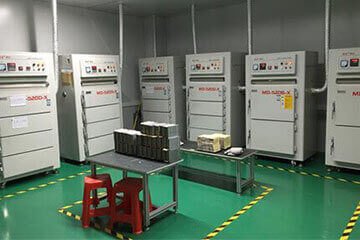
Bước 3. Quy trình khô đèn LED
Thông thường, quy trình này sẽ được theo sau bởi quy trình SMT. LED cần được làm khô trước khi xử lý SMT. Nhiệt độ sấy không nhỏ hơn 65 ℃ trong 8 giờ.
Bước 4. Quy trình SMT ánh sáng dải LED
Quy trình chiếu sáng dải LED SMT được sử dụng rộng rãi trong các đơn vị chiếu sáng hiện đại. Điều buồn cười là SMT là viết tắt của Surface Mount Technology, nhưng công nghệ về cách sản xuất đèn LED không chỉ được gọi là bề mặt gắn kết mà còn bao gồm một máy tự động tốc độ cao. Nhiều người đang hiểu sai điều này.

Bước 5. Quy trình hàn tái phát sáng dải đèn LED
Quy trình công nghệ hàn lại sau SMT, các thành phần và PCB bằng cách sử dụng keo hàn. PCB từ máy hàn trở lại nhiệt độ nhất định. Keo hàn thành chất lỏng nhất quán tan chảy, và sau đó liên kết với các thành phần khác nhau.

Bước 6. Quy trình kiểm tra dải đèn LED
chúng tôi có 100% kiểm tra để đảm bảo rằng không có thiệt hại vật chất cho các sản phẩm. Việc kiểm tra bằng mắt đảm bảo rằng không có sự thay đổi màu sắc trong đèn LED và nếu có bất kỳ thành phần nào bị lệch trong các cầu hàn.
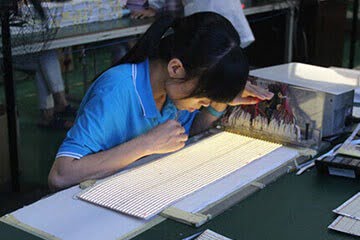
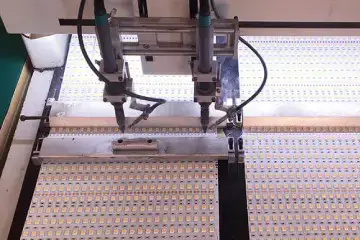
Bước 7. Quy trình hàn đèn dải LED
Một số PCB kích thước nhỏ với góc bằng không, quá trình hàn không chì. Sau khi kiểm tra, dải băng LED đi qua một máy hàn, máy hàn này kết nối dải băng 0,5m với dải dài 5m.

Bước 8. Quy trình làm sạch PCB bằng dải đèn LED
Bề mặt PCB cho dải LED có mỏ hàn để làm sạch. Việc đầu tiên cần làm vẫn là hàn. Hàn IC có thể được sử dụng để ngăn chặn quá trình oxy hóa trong quá trình hàn, và sau đó cắt dây chì thừa thành trống kem đánh răng tròn, giống như quá trình oxy hóa. Sau khi tất cả những điều này được hoàn thành, chúng ta có thể tiếp tục làm sạch nó.
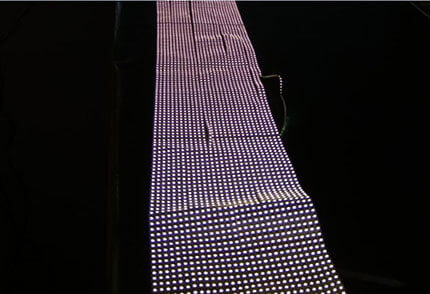
Bước 9. Quy trình lão hóa ánh sáng dải LED
Trên thực tế, tất cả các sản phẩm đèn LED đều cần kiểm tra ánh sáng trong 8 giờ để đảm bảo mỗi đèn LED chạy trong tình trạng tốt. Và chúng tôi có thể đo màu sắc trong quá trình kiểm tra ánh sáng và đèn LED có ở nhiệt độ màu phù hợp hay không và trình điều khiển có hoạt động tốt hay không. Vì vậy, điều này rất quan trọng đối với nhà sản xuất để đảm bảo mọi đèn LED đều ổn.
Bước 10. Quy trình chống thấm nước bằng dải đèn LED
Đèn LED dây có khả năng chống thấm nước và cũng có khả năng chống rỉ sét, giúp chúng phù hợp với một số ứng dụng trong và ngoài nhà. Lựa chọn quy trình chống thấm đèn LED dải sáng là một bước quan trọng trong quá trình sản xuất. Hiện có chất lượng cao IP65 ống silicon chống thấm nước và IP67 chống thấm nước phun silicon có sẵn trên thị trường.
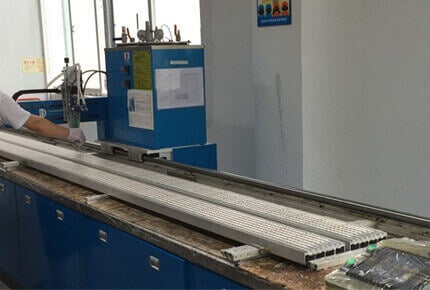
Bước 11. Ánh sáng dải LED thêm quy trình băng 3M
Băng 3M ở mặt sau của dải cung cấp cho người tiêu dùng sự thuận tiện và dễ dàng trong việc lắp đặt đèn chiếu sáng dải LED.
Chúng tôi sử dụng 3M 9080 cho tất cả các dải không chống thấm và không thấm nước, một số khách hàng yêu cầu loại keo 3M khác có độ dính tốt hơn hoặc dẫn nhiệt tốt hơn, loại keo này cũng có sẵn.
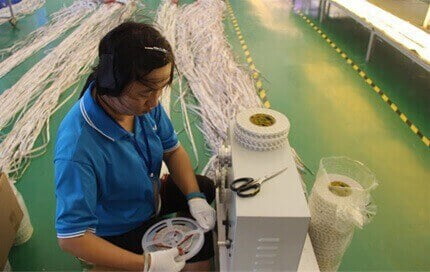
Bước 12. Kiểm tra lần cuối ánh sáng dải LED
Sau khi toàn bộ gói dải đèn LED đã qua quá trình xử lý của chúng tôi, bộ phận kiểm tra chất lượng của LED Starlight sẽ thực hiện kiểm tra lần cuối đối với sản phẩm của chúng tôi. Chúng tôi không chỉ đảm bảo rằng chúng có màu ánh sáng giống nhau và không bị lỗi mà còn phải đảm bảo hình thức bên ngoài đủ đẹp để đáp ứng yêu cầu của khách hàng.
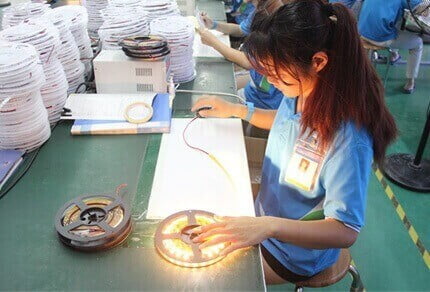
-
Hồ sơ chiếu sáng kiến trúc (30)
-
Dải LED COB (4)
-
Kênh LED vách thạch cao (21)
-
Kênh LED mặt đất (7)
-
Đèn hồ sơ treo (29)
-
Cấu hình nhôm LED (178)
-
Cấu hình góc LED (4)
-
Tấm lót chân tường LED (10)
-
Cấu hình nhôm LED từ tính (6)
-
Kênh LED âm trần (24)
-
Dải LED đổi màu RGBW (số 8)
-
Cấu hình LED tròn (2)
-
Dải đèn LED xem bên (1)
-
Dải đèn LED đơn màu (6)
-
Cấu hình dải LED cầu thang (2)
-
Cấu hình led gắn bề mặt (17)
-
Hồ sơ chiếu sáng ba mặt (3)
-
Dải đèn LED trắng có thể điều chỉnh được (3)
-
Kênh chiếu sáng dưới tủ (18)
-
Đèn tuyến tính treo tường (11)
-
Hồ sơ lan can tủ quần áo (1)
-
Kênh LED chống thấm nước (4)

